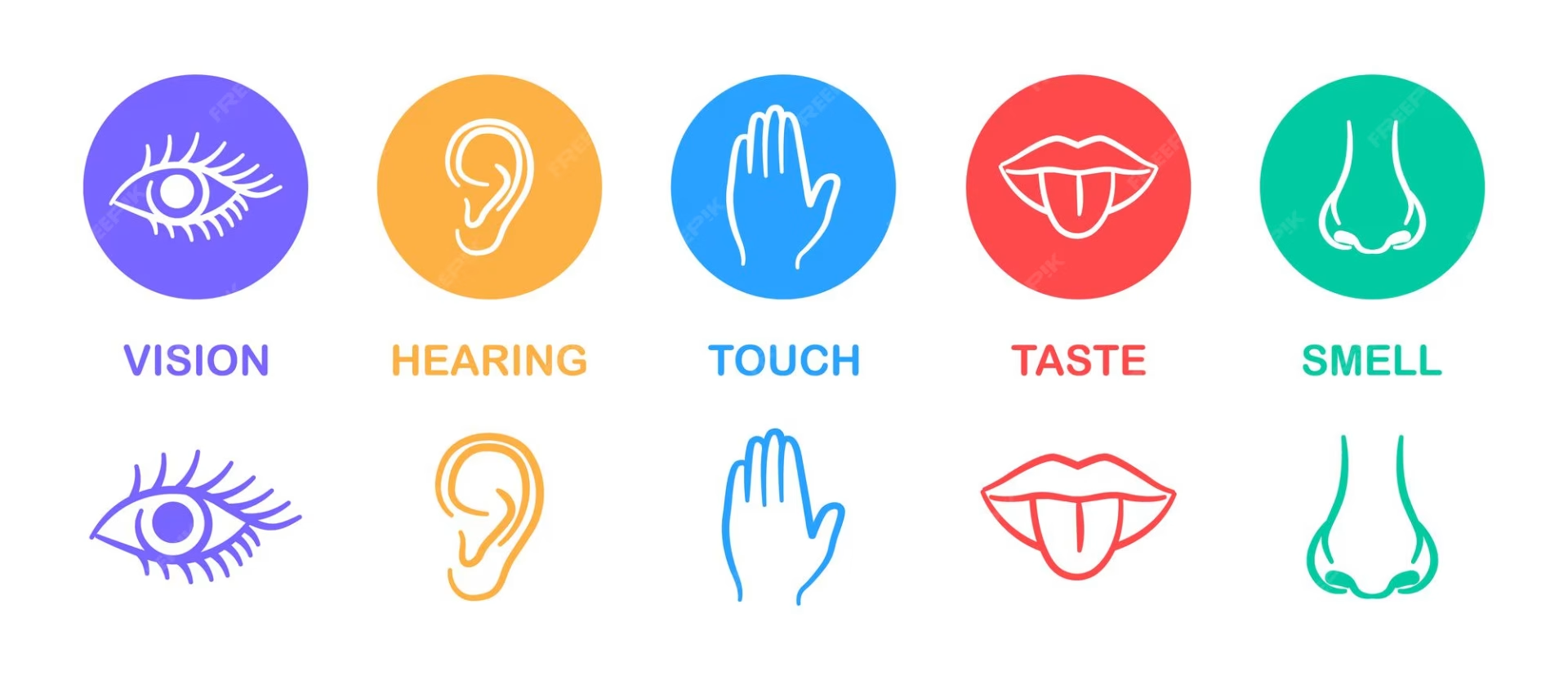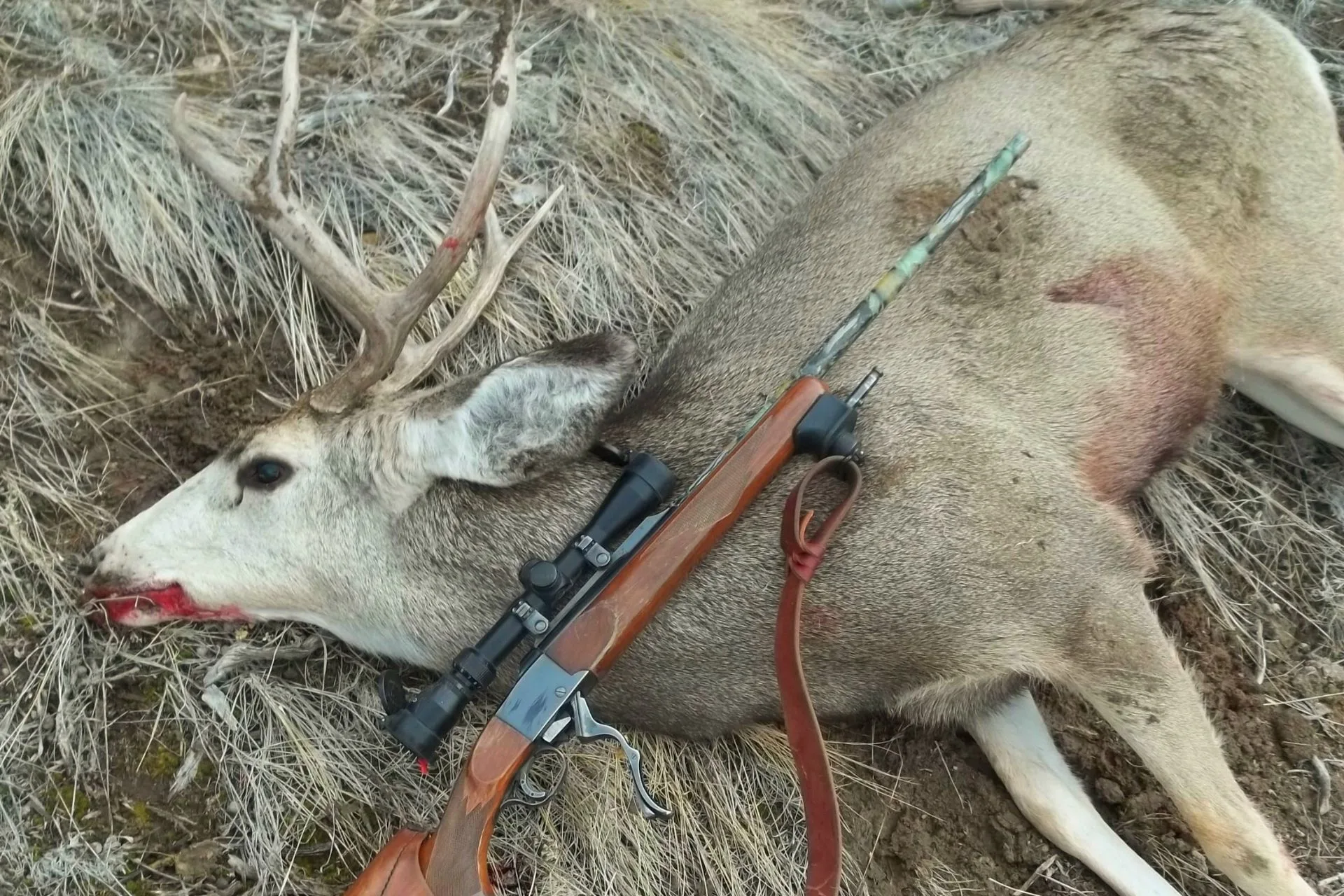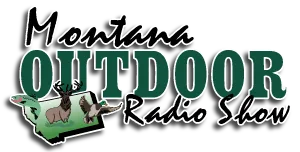Humans, and most critters have 5 primary senses. Sight, Hearing, Smell, Taste, and Feel. Beyond these 5 senses are other abilities like reasoning, memory, and intuition. Every critter has a strength that helps them to survive.
An elk can hear you three times, see you twice, but smell you just once. Their sense of smell is the best and if they catch a whiff of a hunter or predator, they are quickly moving to safety. Spooked elk can move several miles in a hurry.
A Grizzly Bear can smell a gut pile from 25 miles away, under the right conditions.
Birds, like turkeys, have great eyesight, snakes can taste the air with their tongues, worms have no eyes but can feel light with their skin, and wolves can hear other wolves from miles away.

Years ago, I was deer hunting a heavily forested slope, off a wheat field. I had seen several big bucks working in the area and found a place where I could sit and scan for their bedding areas. The thick pines had a few open spaces where I was able to see. I saw movement in a small open spot. The glint of antler showed that I saw movement from a big mule deer buck. He was heading toward a second open spot. I scoped the opening, with my single shot rifle, as the buck stepped into this small space and stopped. I knew my shot was broadside and I could see the shoulder but nothing else. I knew it was time to shoot. The buck dropped in his tracks. I just sensed when to shoot.
Great Hunters have a 6th sense. With experience, human hunters can sense danger, the presence of critters, or predict the behavior of animals. This edge allows them a better chance to be successful. Throw in the advantage of technology and the odds for success increase even more.
Humans have limited eyesight but optics like spotting scopes and binoculars can help. Hearing enhancement can also be an advantage. When it comes time to shoot, scopes and sights help along with range finders that measure the distance for the shot.
When to shoot is a choice. There is a moment when pulling the trigger needs to happen. Ideally the critter needs to be broadside and standing still. No obstructions, branches, or grass is blocking the shot. The hunter can target the critter and make a precise shot through the lungs or kill zone.
If the critter is moving, at an angle, at a distance, or in thick cover, the hunter must analyze all these factors before making the bone best shot. The precise moment is a judgement call that is often defined by a 6th sense. The hunter relies on their experience to feel when that moment is and follows through on the shot.
These moments happen fast. There may not be a second chance. That’s why experienced hunters learn and feel when to take the first best shot opportunity that is presented to them. You know what you will get if you don’t pull the trigger or commit.
The most important rule is to only shoot when you are comfortable to take a safe shot. If you are uncertain, Don’t Shoot. If there is a building or something seems unsafe, Don’t Shoot. If you are not confident that you can kill the critter with your one best shot, Don’t Shoot! No critter is worth an accident or crippling shot. With patience, there will be another opportunity. Sometimes the best choice is not to shoot.
You learn more from not shooting than taking a shot. Humans learn from mistakes. Realizing this, accepting responsibility, and learning from a mistake will make you a better hunter.
Hunt with Sense!
Montana Grant




